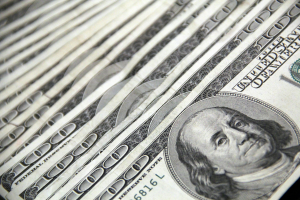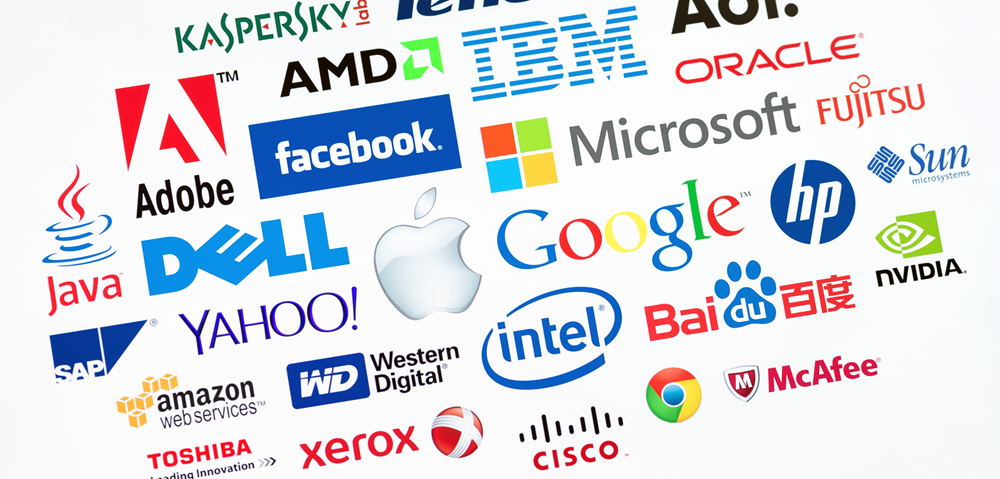Trump’s ‘Liberation Day’ tariffs swept through the global markets, wiping billions of dollars from tech tycoons’ accounts. On April 2, Wall Street saw Apple and META stocks shed as much as 9% and 8.98% as soon as the news hit the wires.
Amazon followed suit with an 8.98% drop, and Musk’s Tesla plunged 5.47%. Google also felt the pain with a 3.92% loss. But what do these ‘liberating’ tariffs really mean? Let’s break it down!
Tariffs, baby, tariffs!
A 10% tariff on all imported goods has universally been imposed, followed by additional taxes set to take effect as of April 9. Among the countries slammed by the Trump administration are China and Taiwan, on whose resources the US relies heavily.
China retaliated with a 34% tariff on US imports, sparking stock markets’ sell-off on Friday. Unlike the Chinese government, the Taiwanese administration adopted a more lenient stance towards the US, vowing to remove any trade roadblocks by increasing investment in US-owned ventures.
Taiwan faces a 32% levy on all its goods, despite its trade surplus with the US. Conversely, Mexico and Canada have been exempted from this round of tariffs, at least for the time being. Duties on aluminum, copper, steel, autos, pharmaceuticals, and semiconductors will reportedly be assessed separately.
The official versus the real rationale behind tariffs
According to the Trump administration, tariffs are a brutal yet necessary corrective measure to balance out decades of open US markets hampered by unlawful and asymmetrical foreign tariffs imposed on American goods.
By imposing aggressive tariffs, President Trump aims to bring manufacturing back onshore. Also, from a purely transactional perspective, it’s another revenue stream which, in time, will cause the economy to boom.
But who pays the bill? The higher the tariffs, the higher the cost of the end-product paid by American consumers. In the long run, that’s not a pretty picture.
Does a robust Nonfarm Payroll save the big picture?
According to the latest Nonfarm Payroll (NFP) report, the US economy added 228,000 new jobs in March, well above the 135,000 estimate. To a novice eye, that would be a sign of growth if not a ‘booming economy’, to quote the US President.
The unemployment rate held steady at 4.2%. However, the change in total employment data for January was adjusted lower by 14,000, from 125,000 to 111,000. Similarly, February data was also revised lower by 34,000, from 151,000 to 117,000. Taken together, these revisions for January and February account for a 48,000 drop in employment versus the previously reported data.
In the near term, the US dollar rallied against its major peers, boosted by the upbeat NFP data and Fed Chair Powell’s comments. Shattering all hopes regarding an approaching interest rate cut, he made it clear that the prospects of inflation and the looming recession risks would make it less likely for the Federal Reserve to reduce its rates sooner.
Market impact
This general lack of confidence echoed through some of the CFD markets. On Friday, EURUSD lingered in the area of 1.09 on the TibiGlobe platform.
USDCAD, on the other hand, extended its upside momentum, closing the trading day at 1.42204 with TibiGlobe amid CAD’s weakening, led by Canada’s lacklustre employment data.
As Trump’s reciprocal tariffs havoc across the markets, companies in neighbouring Canada have become somewhat cautious on the business outlook.
Against this backdrop, the business sector contracted significantly in March. 32,600 workers were made redundant against economists’ expectations of 12,000 new hires. The unemployment rate climbed to 6.7%, up by 0.1% from February, as estimated.
The tariffs’ turmoil was heavily felt in the stock markets. The S&P 500, for example, lost $5 trillion in just two days. This exceeds the steep drop last seen by the benchmark index in March 2020, when it erased $3.3 trillion amid the high-peak COVID-19 pandemic.
Closing the trading week in the red at $5064.90 on TibiGlobe’s platform, the S&P 500 seems to be well on a downtrend as most traders ran to safety. Between April 2-4, the Standard & Poor index broke out below the support line three times in a row, reaching a lower low level each time. This trajectory is also marked by a gap down.
While the downtrend may continue, the chances of a correction must not be overlooked. Encouraging as this may seem for short sellers, traders will do well to practice risk management and stay informed about the latest stock market movements.
Meanwhile, safe-haven gold, which gained the most from the stock market plunge and surged past the $3,000 mark, lost 2.92% between April 2-4 on the TibiGlobe platform. Gold CFDs were last seen at $3.036.97 (close).
With inflation remaining elevated and the escalating trade war between the US and China, the general market outlook is pretty grim. To navigate this period, it is vital to keep up to date with the latest trends and use the intuitive risk management tools available on TibiGlobe’s platform to protect themselves against potential adverse effects.
Risk Disclaimer:
CFDs are complex instruments and come with a high risk of losing money rapidly due to leverage. You should consider whether you understand how CFDs work and whether you can afford to take the high risk of losing your money. Prices can fluctuate rapidly, and past performance is not indicative of future results. Please refer to the full risk disclaimer on our website.
The information provided does not constitute financial advice and should not be relied upon as such. You should seek independent advice before making any investment decision.








